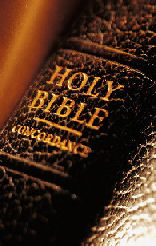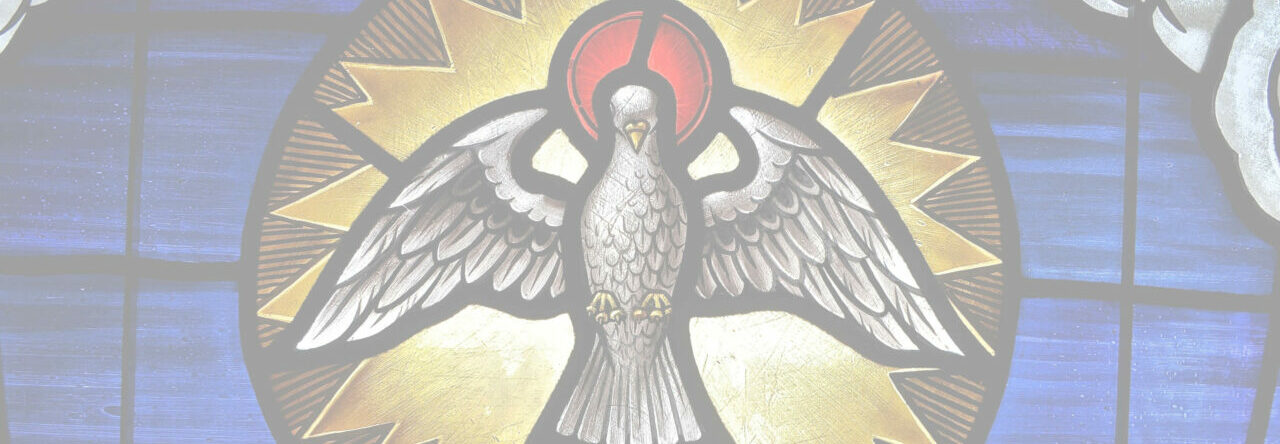










This guy was wrong.
Once upon a time, physicists considered all motion to take place against a fixed backdrop – call it what you will, but “ether” seems to be a popular term. Thinking about physical objects and their movement in this way, plenty of people believed that there was an absolute reference point for motion. For example, if two spheres (call them A and B) became closer together, then it means that A moved closer to B while B remained still, or B moved closer to A while A remained still, or as a third possibility, that A and B both moved against the backdrop of “ether” like floating balls on the surface of a swimming pool, closer together.
Because of this way of thinking, Galileo found himself in a real pickle with the church when he expounded on his theory of planetary motion. He contended that – as objective fact – the earth travels around the Sun, whereas members of the clergy contended that – as objective fact – the sun travels around the earth. The conflict between Galileo and the church is often retold, frequently for the sake of demonstrating some inexorable conflict between science and religion, and always told as a reminder of how the church got it wrong, and Galileo got it right.
As a Christian and also as a person who didn’t want to offend Catholic rulers, Galileo was in a bit of a quandry. In the Bible, in Joshua chapter 10, a miracle occurs where the sun stands still, making the day longer. Yet according to Galileo, the sun didn’t even travel around the earth, so it would be the earth, rather than the sun, which would need to stand still in order to make a day longer.
Galileo’s solution was as follows:
[A]lthough Scripture can indeed not err, nevertheless some of its interpreters and expositors may sometimes err in various ways, one of which may be very serious and quite frequent, [that is,] when they would base themselves always on the literal meaning of words. For in that way there would appear to be [in the Bible] not only various contradictions, but even grave heresies and blasphemies, since it would be necessary to give God feet and hands and eyes, and no less corporeal and human feelings, like wrath, regret, and hatred, or sometimes even forgetfulness of things gone by and ignorance of the future. Hence, just as in the Scriptures are founf many propositions which, as to the bare senses of the words, have an appearance different from the truth, but were so put to accommodate the incapacity of the common people, so, for those few who deserve to be separated from the herd, it is necessary that wise expositors should produce the true senses and give particular reasons why they were offered in those words.
[Letter of 21 December, 1613 to Benedetto Castelli, in S. Drake, Letter to Castelli, in Galileo at Work: His Scientific Biography, (Chicago: University of Chicago Press, 1978, 224)
Galileo went on to say that in disputes about complex scientific matters that are far from the biblical message of salvation, we should look to science to give us the literal truth of the matter, because, as he says above, Scripture is often much less than literal in such things, so as to be easily received by simple folk.
The point I want to drive home is that Galileo clearly thought that the view held by those clergy who opposed him (namely that the sun travels around the earth) was literally false, and that his view (that the earth travels around the sun) was literally true.
Had there been no advances in physics over the last couple of centuries, I would have to agree with Galileo. Because there have been major advances in physics over that time, I cannot. Galileo was wrong. He was excusably wrong because of the time in which he lived, but he was wrong nonetheless. It will be at once obvious that the position of both Galileo and his clerical dissenters takes for granted the view of motion that I outlined at the start of this article: All motion has a fixed reference point; it happens against a backdrop against which it can be objectively measured. This view is no longer a tenable one, largely thanks to the work of Albert Einstein on special relativity. Without going into mind numbing detail, here’s a simple summary:
In formulating his theory, Einstein dismissed the concept of the “ether,” and with it the “idea of absolute rest.” Prior to the generation of Einstein’s theory of special relativity, physicists had understood motion to occur against a backdrop of absolute rest (the “ether”), with this backdrop acting as a reference point for all motion. In dismissing the concept of this backdrop, Einstein called for a reconsideration of all motion. According to his theory, all motion is relative and every concept that incorporates space and time must be considered in relative terms. This means that there is no constant point of reference against which to measure motion. Measurement of motion is never absolute, but relative to a given position in space and time. Returning to Galileo’s cannonball, Einstein considered this: the cannonball falling from the mast of the ship would appear to an observer standing on the deck of that ship as though it dropped straight down; however, to an observer standing on the shore, the cannonball would appear to follow a curved trajectory on its way to the base of the mast. Which trajectory did the ball actually follow? According to Einstein’s theory of special relativity, the answer is, both—and neither. Each observer’s observation is valid in its own reference frame, yet each is no more than an artifact of the measurement, or observation, undertaken by the observer.
SOURCE
[added comment: Click the link to read more, but the above description applies generally to all space, to the “ether” theory, and hence has application to all motion that occurs in space, notwithstanding any more specialised focus within the theory of special relativity.]
This new (well, new at the time, anyway) view of physics reduces Galileo’s claim about which view is literally correct, his or the church’s, to rubble. If Einstein is correct, then Galileo was wrong to say that it is objectively true that the earth moves around the sun, and that it is objectively false that the sun moves around the earth. Which – if either – of those to claims is correct depends wholly on the observational perspective. An observer on the earth will correctly report that the sun travels around the earth (or stated differently, relative to the earth, the sun travels around it), and a sun dweller (!!!) will correctly report that the earth travels around the sun. Neither is incorrect, but if one accuses the other of being objectively mistaken while he himself is objectively correct, he is simply wrong (as was Galileo). This is not a defence of the Church’s claim, as obviously the principle applies to both views equally.
All this changes, of course, if there is a priveleged point from which the sun-earth relationshiop is supposed to be viewed from. Should there exist such a designated “viewing platform,” the question could be settled once and for all. If, for example, it turned out that the earth is the priveleged spot from which the relationship is meant to be observed, then the church was right all along, and a hack job has been done on the Galileo trial.
So go ahead – keep using the Galileo case to show what silly scientific conclusions theologians come to – that is, if you’re happy to push your view of physics back half a century.
EDIT: See part two HERE.
 Is the modern view called “inerrancy” really the view of the Bible that orthodox Christians have always held?
Is the modern view called “inerrancy” really the view of the Bible that orthodox Christians have always held?
 I’m going to start by painting pictures of two viewpoints. It might not be clear at first why I’m doing it, but just stay with me, all will be explained shortly.
I’m going to start by painting pictures of two viewpoints. It might not be clear at first why I’m doing it, but just stay with me, all will be explained shortly.


 A recent study conducted by researchers at the University of Otago has found that there exists a demonstrable connection between having an abortion and later suffering some sort of mental illness.
A recent study conducted by researchers at the University of Otago has found that there exists a demonstrable connection between having an abortion and later suffering some sort of mental illness.